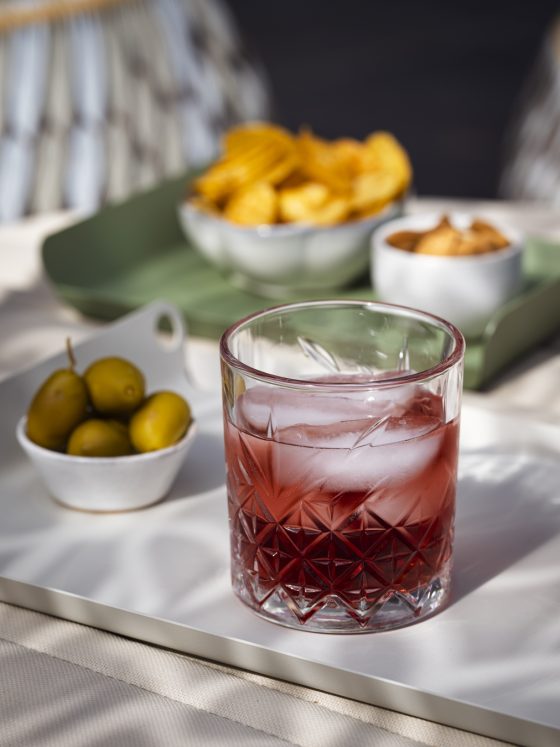Negroni, the Italian Cocktail Classic from Florence
If you’ve ever ordered an aperitif in Florence, chances are you’ve either tasted a Negroni or have been curious about it. This iconic cocktail, with its striking red colour and bittersweet flavour, is deceptively simple yet steeped in history. During my trip to Florence, I tasted the Negroni at the very place where it all began: Bar Giacosa 1815. Alongside sunshine and culture, I brought home the perfect recipe. In this blog, I’ll tell you the story of the Negroni, explain the essential role of Campari and describe its predecessors, such as the Americano and the Milano-Torino. I’ll also, of course, share the recipe and what to serve with it.
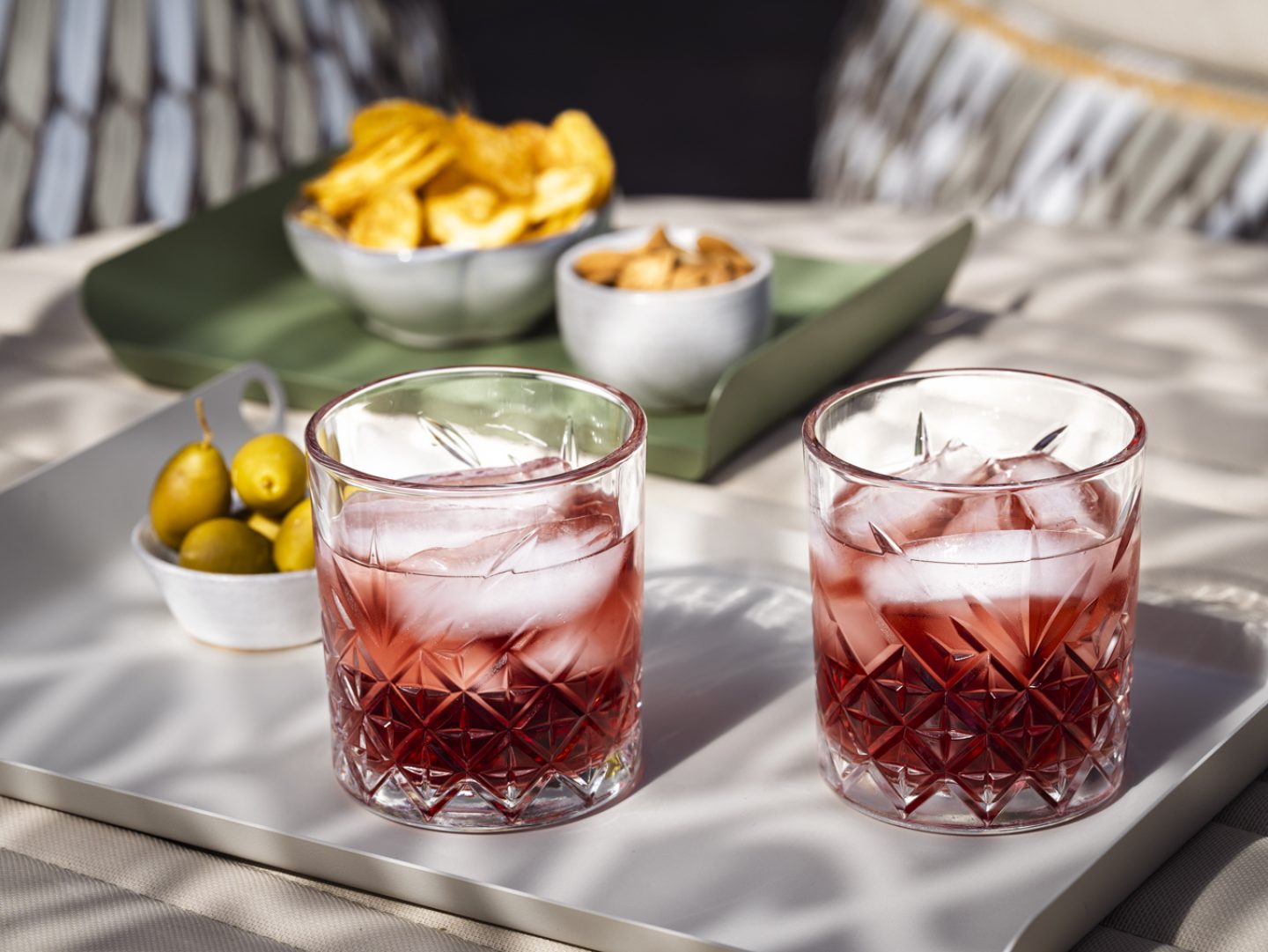
The Origins of the Negroni: From Americano to Icon
The Negroni was born in Florence around 1919. According to the most popular version of the story, Count Camillo Negroni asked the bartender at Caffè Casoni – now Giacosa 1815 – for a stronger version of his favourite cocktail, the Americano. The bartender swapped the soda water for gin, and just like that, a new classic was born.

Campari and its predecessors: Americano and Milano-Torino.
You can’t talk about the Negroni without going back to its origins: Campari. This bittersweet, bright red liqueur was created in Milan in 1860 by Gaspare Campari. The secret recipe includes chinotto (a bitter citrus fruit), aromatic herbs and cochineal, a natural dye which gives Campari its distinctive colour.
Campari quickly became a staple of Italian aperitivo culture. Gaspare then combined it with sweet vermouth from Turin to create the Milano-Torino, a cocktail that brought together the flavours of both cities.
A few years later, soda water was added to the mix and the Americano was born. It is said that the name is a nod to the drink’s popularity among American tourists who flocked to the Italian coast in the 1920s. Lighter, more refreshing and slightly more approachable than its predecessor, the Americano paved the way for the Negroni.
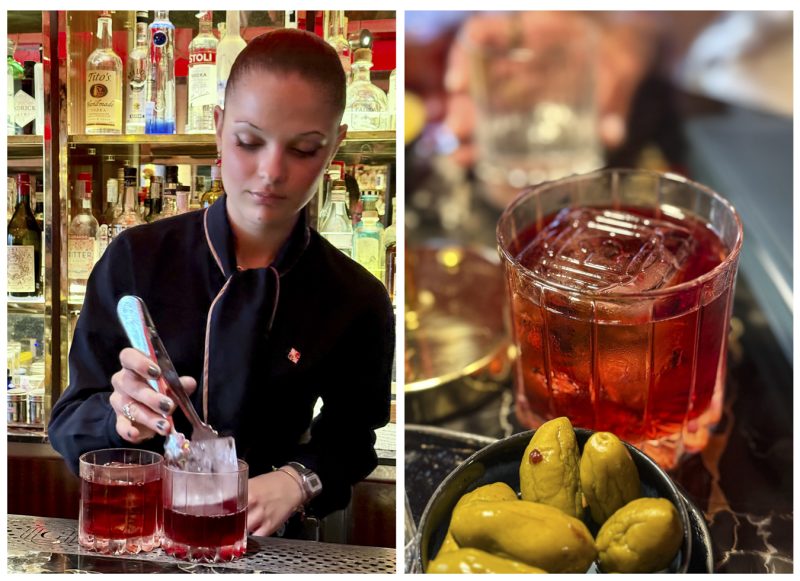
Negroni variations worth trying
While the classic Negroni is hard to beat, there are plenty of creative variations worth exploring. Here are a few favourites:
- Negroni Sbagliato: Italian for 'mistaken Negroni'. It was created when a bartender accidentally used Prosecco instead of gin. It's light, bubbly and refreshingly different.
- Boulevardier: Swap the gin for bourbon. It's richer and warmer and is perfect for cooler days.
- White Negroni: a modern twist with gin, Lillet Blanc and Suze. Crisp and herbal.
- Mezcal Negroni: Replace the gin with mezcal for a smoky, earthy twist.
- Dutch Negroni: Made with genever instead of gin. A nod to Dutch tradition, it has a rounder flavour.
Each version has its own charm and identity, but the core remains the same: bitter, complex and beautifully balanced.
What to serve with a Negroni?
The Negroni is a true aperitif – it's meant to whet your appetite, not fill you up. This calls for small, flavourful bites that complement the cocktail's bitterness without overpowering it. Think:
- Olives: classic, salty and just right.
- Italian charcuterie, such as prosciutto, salami or bresaola.
- Cheese: a chunk of pecorino or parmesan.
- Roasted nuts, such as almonds or cashews with a touch of sea salt.
- Crostini topped with tapenade or tomato.
Keep it simple, but with character – just like the Negroni itself.
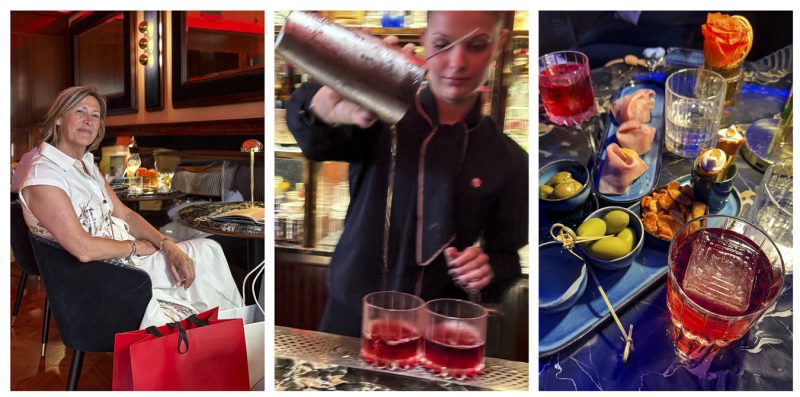
The recipe: Negroni, just like in Florence.
The beauty of the Negroni lies in its simplicity. It contains just three ingredients in equal parts, but the quality and balance of these ingredients make all the difference. This is the recipe I was served at Bar Giacosa 1815 in Florence:
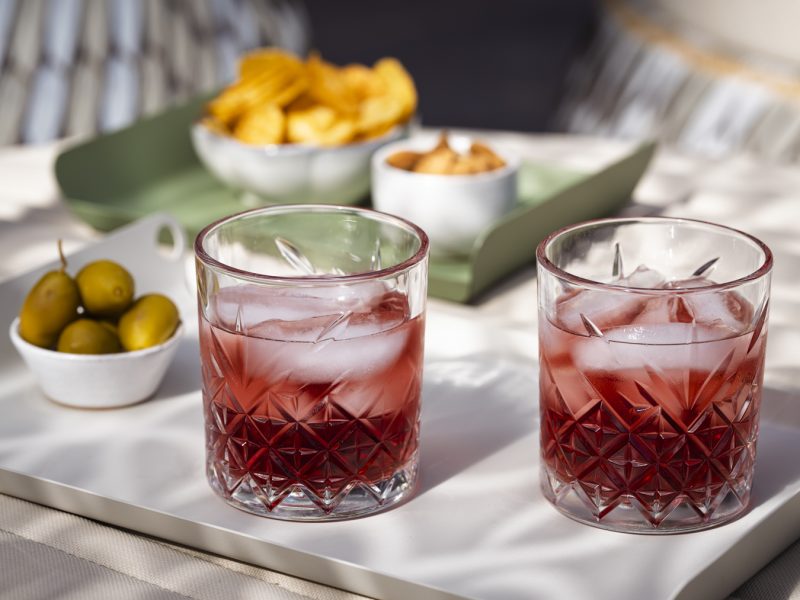
Ingredients (for one cocktail):
- 30 ml classic, dry gin
- 30 ml Campari
- 30 ml of sweet vermouth (Carpano Antica Formula or Punt e Mes).
- Ice cubes
-
Instructions:
- Fill a tumbler generously with ice.
- Pour in the gin, Campari and vermouth.
- Stir gently for a few seconds until well chilled.
![Negroni 7819]()
-
Tips:
If you have them, use large ice cubes – they melt more slowly and help to keep the balance of your Negroni intact.
Garnish with a strip of orange peel – squeeze it over the glass to release the oils, then drop it in.
![Photo 25 05 2025 19 08 28]()
